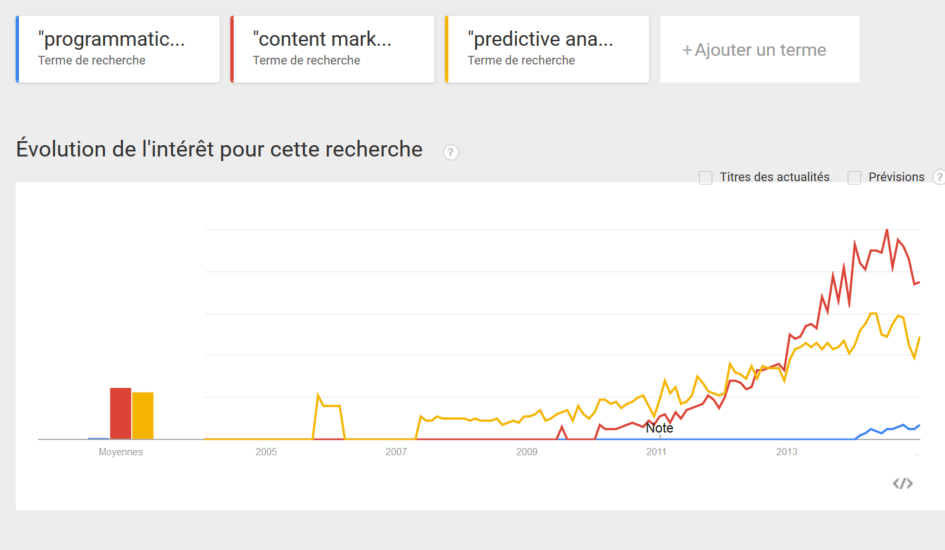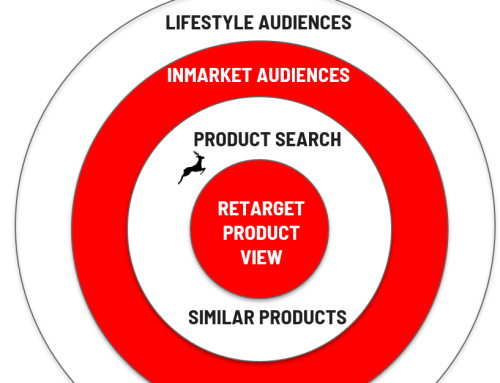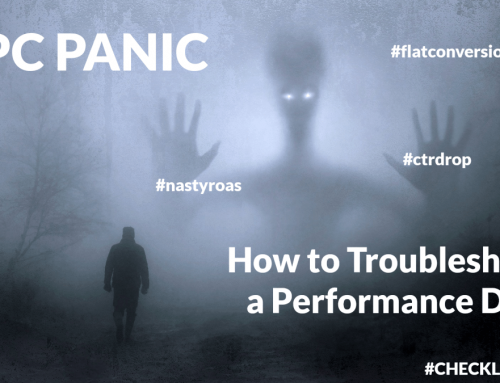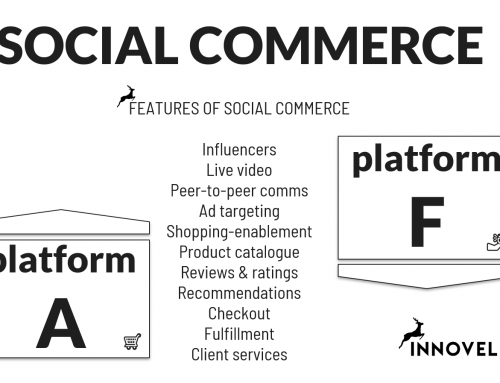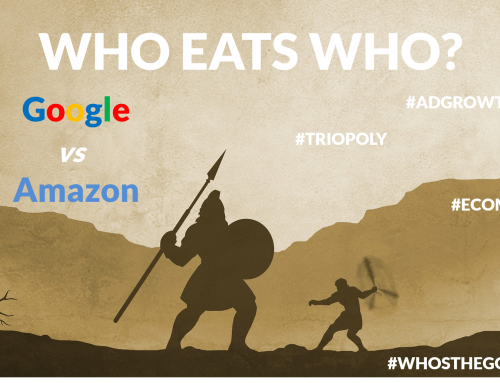The Internet has always been a mature ground for innovation and new concepts. The challenge of Digital Marketers and Start-uppers alike has consequently been to explain, persuade and sometimes to sell these concepts to potential investors, clients and journalists mostly with words, images and demonstrations.
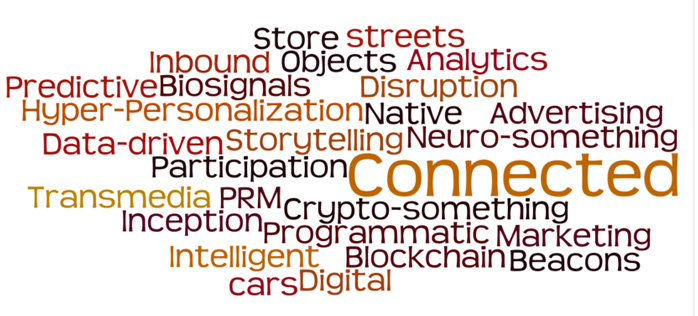 At the beginning of each new year and after having read our colleagues’ predictions for what will happen, we –the digital marketers – start looking at what we should call things this year, as well as new words we should add to the Digital Marketers vocabulary temporarily or permanently. Let’s have a look at how you can check up on trends.
At the beginning of each new year and after having read our colleagues’ predictions for what will happen, we –the digital marketers – start looking at what we should call things this year, as well as new words we should add to the Digital Marketers vocabulary temporarily or permanently. Let’s have a look at how you can check up on trends.
Check the DATABASE OF INTENTIONS
If we are a little late on the trend and it has already taken off, there will be enough data in the database of intentions to show us where the market is going. In this case we can go directly to Google Trends and ask for a prediction. Here is an example:
Google trends plugs into the database of searches in their search engine and provide this insight. It has show to be an excellent tool for understanding and documenting trends such as brand strength, language preferences and rising trends. If we are a little early on the trend, the volume of searches will not be sufficient to show up on Google trends. Furthermore, the predictive part of Google Trends will only predict about 1 month into the Future and what we would like to do is to look a little further.
Plug into the COLLECTIVE MIND
Moving on from Google’s database of intentions, I thought it useful to plug into LinkedIn’s Collective Mind. I reached out to some of the contacts I have on LinkedIn which I know have their finger on the pulse. Most were interested in participating in what I called a Crystal Ball exercise of guessing what words will be taking a strong share of our voice in this brand new year although only a few actually met the deadline. Thought Leaders are busy people.
VOCABULARY STILL GOING STRONG: content marketing, predictive analytics, programmatic advertising
Content marketing is the Art of driving your online presence with contents, optimizing its distribution in search and social and amplifying the same contents via paid media. The visibility of this term continues to soar but may have reached a peak mid-2014. Not so new anymore and facing structural change in organizations to really be adopted, the concept may have lost a little of its hype.
Some of its energy may have been passed to Influencer marketing and Lee Odden suggested another related term Participation marketing as something to watch in 2015.
Predictive analytics has actually been around for a long time with steady growth and increasing importance. There are no worthy replacements or evolutions for this term in discussions I have had. We use the term analytics for all the data crunching we do with all the big data we are harvesting. We may be using predictive analytics for things that were data-driven in 2014. One step up. With predictive analytics we aim to calculate scenarios for the short-term future. We typically create these scenarios for campaign performance across various channels. Lee Odden of Toprankmarketing included this term in his top list for 2015.
Programmatic advertising is a much more recent term and expected by Kevin M Ryan, author of Taking down Goliath to be one of the big hitters of 2015. For the big believers in Biddable Media, a term coined by Will Margiloff back in 2010, we will have to face the fact that the new-comer programmatic will win the game in 2015. Programmatic advertising is rules- and bidding-based advertising taking inputs from not just a strategy but also from data input, now including not just a visit to your site (that is remarketing) but also the weather, CRM data and other events or inputs. Will this term will take away some of the focus on remarketing (also still going strong) and might replace the use of words like RTB, DSP and Display advertising.
Native advertising is advertising closely adapted to its media host. In the New Clues from 2 of the Cluetrain Manifesto authors, they are heavily criticizing Native Advertising because of adaptations to the media disguising or removing the notion of advertising in a way that fools the reader. Why don’t we just call them what they are, advertorials?! Well, because advertorials is a restrictive designation and because Native advertising was a buzzword in 2014. With a heated debate, the term might be on many digital marketers’ lips in 2015.
TRENDY PREPOSITIONS FOR 2015: crypto, bio, neuro, connected
Bitcoins fell from grace during 2014 and the currency value in USD progressively fell during the whole year. The currency is almost back to its 2013 pre-boom and pre-crash value and remains a serious challenger to the existing monetary system. Additionally, underlying the currency layer there are several interesting concepts like the blockchain, the cryptography and the decentralized operation of the Bitcoin system. These could very well help generate new interesting buzzwords in 2015 with a lot of crypto- prepositions.
Biosignals is data from your body collected by wearables. They are about to enter Big Data and the cloud and at the same time they represent intimately private data. The bio- preposition will be present in our vocabulary as we try to understand the impact of biosignals on digital marketing and how to get it right. Not far away there will be the neuro- cousins pulling data from our brains and acting on them. Stop smoking with an app, enhance your memory with a game, control pain with the help of neuroscience progress.
Connected streets, connected cars, connected stores (or will they be Digital stores) all want to be part of the Internet of Everything together with Wearables and other Intelligent Objects. They are old concepts but they are still in the process of coming to life and to boom. We will of course see lots of “connected” words in our vocabulary this year and where we have connected items we are likely to also see beacons or small cells more frequently.
SOME MORE EXOTIC CONCEPTS
OTT and Multi-Channel Networks (Matt McGowan). I had to ask him “what is OTT?” The term designates digital media transported over the internet as opposed to transport via other, more traditional, media channels. The Netflix boom is an OTT trend but there are many others. I also had to look up the Multi-Channel Networks and they are part of the digital video distribution ecosystem. Digital Video being set to continue its progression, it seems likely that these more technical terms could go mainstream.
Hyper-Personalization (Lee Odden): the use of profile, behavioral and third-party data to personalize contents and ads.
Apology marketing (Kevin Ryan): make a social media blunder, make a top-notch apology and harvest all the social signals of restored goodwill.
WHAT DID I MISS?
I probably missed a number of things and would be happy to react on your input. There are also things I didn’t really address in this article. From CRM to PRM, from storytelling to transmedia, from disruption to inception. Feel free to comment here or on the LinkedIn article is published.


